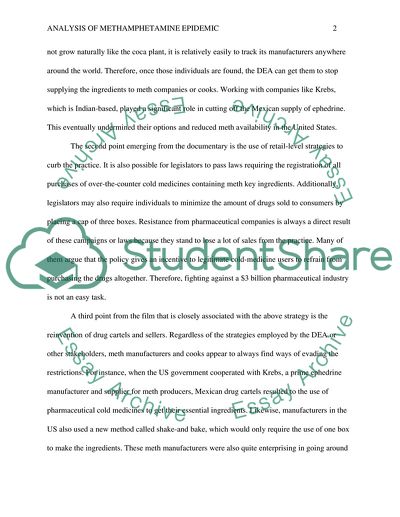Cite this document
(Analysis of Methamphetamine Epidemic Research Paper, n.d.)
Analysis of Methamphetamine Epidemic Research Paper. Retrieved from https://studentshare.org/social-science/1826120-methamphetamine-epidemic
Analysis of Methamphetamine Epidemic Research Paper. Retrieved from https://studentshare.org/social-science/1826120-methamphetamine-epidemic
(Analysis of Methamphetamine Epidemic Research Paper)
Analysis of Methamphetamine Epidemic Research Paper. https://studentshare.org/social-science/1826120-methamphetamine-epidemic.
Analysis of Methamphetamine Epidemic Research Paper. https://studentshare.org/social-science/1826120-methamphetamine-epidemic.
“Analysis of Methamphetamine Epidemic Research Paper”, n.d. https://studentshare.org/social-science/1826120-methamphetamine-epidemic.


